A huge part of Africa’s natural resources are under the surface of the African continent. In 2019, almost 1 billion tons of minerals worth $406 billion were mined on the continent.
According to the United Nations, Africa contains about 30 percent of the world’s fossil natural resources, 12 percent of the world’s oil and 8 percent of the world’s natural gas.

Thanks to oil, gas, timber, diamonds, gold, coltan and bauxite, Africa has some of the largest natural resource deposits in the world.
The revenue from their extraction should support the development of the region, but instead they further increase corruption, contribute to environmental degradation, poverty and violence. Instead of being a blessing to the people of Africa, the continent’s natural resources have largely become their curse.
The struggle of the 19th century for Africa led to the fact that powerful states were in a hurry to take possession of the land in order to use natural resources. Today there is a new “battle” for Africa, and the continent has again become an important arena of strategic and geopolitical rivalry between the US, France, Britain, China and India. The key question for humanity is: “Will the exploitation of Africa’s rich resources benefit anyone but the elites of African states?”
Types of Natural Resources in Africa
A significant part of Africa’s natural resources are minerals:
- crude oil, natural gas, coal and charcoal;
- gold, silver, lead, iron ore, cobalt, zinc, and manganese;
- talc, limestone;
- diamonds, amethyst, emeralds, etc.
Africa contains the world’s vast wealth of natural resources. These are not only fossils, but also wood, as well as world-famous landscapes, rivers, waterfalls and lakes. The only thing that threatens the exhaustion of these benefits is anthropogenic influence.
Oil
Oil is the most important target for gaining control of African territory, as the competition between foreign nations and companies for resources is so intense that it attracts more than 50% of all foreign direct investment (FDI), which has risen to a historic high of $38.8 billion in recent years.
There are eight oil exporting countries in sub-Saharan Africa: Nigeria, Angola, Congo-Brazzaville, Gabon, Equatorial Guinea, Cameroon, Chad, South Africa and Sudan. Nigeria is the largest producer in Africa and 11th in the world. Angola is the second largest production. Also, oil exports from Sudan have been growing rapidly in the past few years, despite internal unrest in Darfur.
These eight African countries contain about 7% of the world’s oil reserves. Of the 8 billion barrels of oil discovered worldwide, 7 billion were in fields off the West and Central African Atlantic coast. The United States is the largest importer of African oil, China is in second place.
Forest resources
Now timber exports to the countries of southern Europe dominate, but the main recipient of timber from East Africa is China (primarily from Mozambique). The exploitation of forest resources was a key source of funding for the Liberian civil war.
Mineral resources
West Africa is one of the most promising gold mining regions in the world. According to precious metals research firm GFMS, South Africa is still the world’s largest gold producer. In 2005, Ghana produced 62.8 tons of gold and Mali 45.9 tons. Other countries with large gold deposits are Sierra Leone, Tanzania, Rwanda and Congo. Congo is also rich in copper, coltan and cobalt.
Diamonds
The diamond trade is valued at about $37.6 billion. dollars a year. Botswana, Congo, Sierra Leone and South Africa hold the largest reserves of these natural resources. At 22%, the Congo accounts for the largest share of the world’s diamond production. The US is the largest market for diamonds. The diamond industry was forced to introduce the Kimberley Certification Scheme after investigations revealed illegal diamond exports were fueling bloody wars in Sierra Leone, Congo and Angola.
Natural gas
African natural resources include rich and underdeveloped natural gas deposits. Africa has the highest natural gas production growth rate in the world, and from 2003 to 2030, supplies will increase by 4.9% each year. Much of Africa’s additional production – from Algeria, Nigeria, Libya and Egypt – is exported, both through pipeline and in the form of liquefied natural gas.
Water resources of Africa

Africa has a significant wealth of natural resources. The region has the largest arable land in the world. It is also here that the second largest and longest river (Nile) and the second largest tropical forest are located. The total value of the fisheries and aquaculture sector is estimated at US$24 billion.
Africa is home to some of the largest aquatic natural resources in the world.
The three most famous reservoirs are:
- Lake Tanganyika is the largest reservoir of fresh water on the African continent and the second deepest in the world.
- Lake Victoria is the second largest freshwater lake in the world, and the Nile River Basin.
- The Nile River is the longest river in the world.
The distribution of water resources within the African continent varies significantly. There are four main dry zones in the region:
- humid sub-humid (mainly in Uganda, Rwanda and parts of Burundi);
- dry sub-humid (some parts of Uganda, western Tanzania);
- semi-arid (some parts of Tanzania);
- arid (most of Kenya).
The western part of East Africa, including Burundi, Rwanda and Uganda, and the central part of the continent have an excess of rainfall, while most of Kenya experiences a very large water deficit.
Both the great lakes Victoria and Tanganyika and, as well as the Nile, depend on regional watersheds called the region’s water towers. They are a collection of mountain ecosystems and associated river basins. These areas have a great influence on regional hydrology and global climate cycles.
Most of the main water towers in the region are under very serious threat, and some of them have already been destroyed. Many forests have been cut down en masse, mainly for agricultural purposes and for the expansion of human settlements, which has had an extremely negative impact on Africa’s water resources.
Problems of water resources of the continent
Access to water is critical for humans. The storage and transportation of water is currently not developed enough to provide access to water for all people in need. All this is further exacerbated during the dry season.
As a result of human activity, the quality of water, which is located in watersheds and river basins, is significantly reduced.
Sedimentation and silting are exacerbated by massive deforestation. Pollution occurs as a result of untreated industrial, domestic sewage and solid waste, as well as discharges from ships. High levels of eutrophication and anoxia result from the discharge of agricultural and domestic wastewater, as well as solid waste.
Thus, the main problems of water resources in Africa are:
- Destruction of ecosystems;
- Lack of physical infrastructure to store and transport water from areas of high availability to areas of low availability;
- High population density that continues to increase;
- Waste management;
- High evaporation rate, especially Lake Victoria;
- Lack of systematic knowledge, data and monitoring of aquifers.
Africa’s groundwater resources
Recently there was information that the African continent stands on huge reserves of groundwater.
The scientists concluded that Africa’s groundwater resources are probably 100 times greater than the continent’s surface rivers and lakes, and that the proposed storage facilities provide a vital buffer against rainfall variability and climate change.Some of these reserves are found in non-renewable “natural resources” (aquifers) located deep underground and formed thousands of years ago when the climate was very different.
However, the most abundant and important renewable natural resources for humans are at shallower depths across much of Africa. While these shallow water systems may not have such massive fossil storage as the deep aquifers under Libya, Algeria, Egypt, and Sudan, they are usually sufficient to meet and sustain the basic needs of a household.
So there is no water problem in Africa, right? No. According to the latest data from the WHO/UNICEF Joint Water Monitoring Programme, about 300 million people in sub-Saharan Africa do not have access to clean drinking water.
Mineral resources of Africa
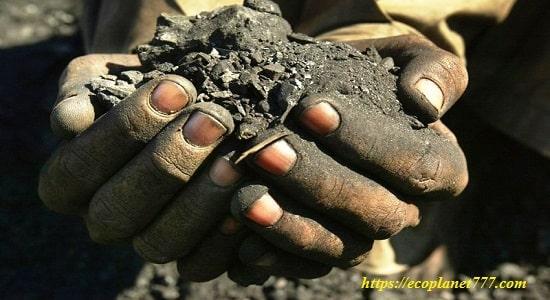
Africa is rich in minerals (mineral natural resources): asbestos, antimony, bauxite, chromium, cobalt, copper, manganese, nickel, gold, lead, phosphates, platinum, palladium, titanium, and many uranium reserves. With the economic recovery in Africa, African countries are increasingly using the mining industry as a priority stimulant for domestic economic growth.
Some of the world’s largest international mining companies have flocked to Africa in search of investment opportunities. But the distribution of minerals in Africa is very, very uneven.
South Africa
South Africa is the largest mining country in Africa and one of the largest mining countries in the world. It has many deposits of mineral resources such as gold, iron, diamonds, silver, copper, manganese, nickel, titanium, asbestos, uranium. In 1995, the value of mining reached US$12.396 billion, ranking fourth in the world after the United States, China and Australia.
Botswana
The third largest mining country in Africa, dominates the economy. In 1995, the extraction of mineral resources by value amounted to 107.3 million. dollars, ranking 27th in the world with a share of the total volume of mining in the world of 0.7%.
The main mineral resources are diamonds, copper, nickel, gold, agate. Among the developed mines, the first place is occupied by diamonds, which account for 77.2% of the total export of mineral resources, which is 15.7% of the world’s diamond production.
Zambia
The country is located on the famous African Copper Belt, making it one of the richest countries in the world in terms of copper reserves. Mining plays an important role in the economy, accounting for 33% of GDP, 90% of export earnings and 95% of foreign exchange earnings. Mineral extraction in 1995 reached $8.9 billion. Copper accounts for almost the entire mining sector in Zambia and is the 6th largest in the world.
Other recoverable resources are cobalt, gold, zinc and lead.
Namibia
The country ranks 5th in mining in Africa and 20th in the world.Although some mines have been developed for a long time, the untapped mineral deposits are still very rich, and the mining industry is still central to the country’s economy. Namibia is Africa’s second uranium producer and produces 30 percent of the world’s diamonds, of which 98 percent are high quality. The first gold mine was opened in 1990 with an annual production of 2 tons of gold. Silver mining accounts for 4.6% of world production.
Angola
It is one of the five largest diamond producers in the world for the production of high-quality diamonds. Diamonds are Angola’s second largest source of export earnings after oil, but are largely exported illegally. In addition, Angola also has gold, marble, copper, manganese, phosphates, iron, lead, zinc and granite, but the exploitation of these deposits is greatly hindered by military operations.
Mozambique
It has rich deposits of minerals such as rare and strategic metals, mica, precious stones and gold, but the mining industry is very backward.
Central Africa
Democratic Republic of the Congo
one of the largest mineral resource producing countries in Africa. Its natural resources include copper, cobalt, zinc, cadmium, diamonds, gold, tin, tungsten, niobium and manganese.
Gabon
Gabon’s oil dominates its economy, with the extraction of other natural mineral resources playing a minor role in gross domestic product and exports. The main mineral products are acid salts, manganese, uranium, gold and so on.
African Forest Resources
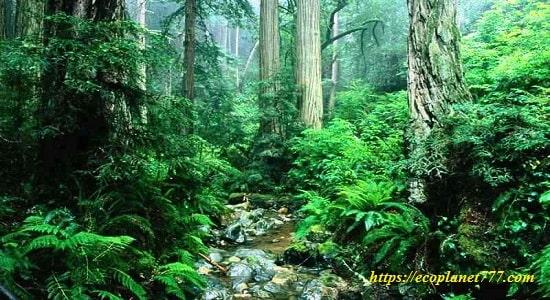
Approximately one fifth of the African continent, or about 6.3 million square kilometers, is covered by forests.
There are three broad regions in the global forest assessments of Africa:
- Northern;
- Western and Central;
- Oriental
- Southern.
Nearly half of the subregion West and Central Africa is covered by forests, compared to only 8.6% of North Africa and 27.8% of East and South Africa.
Collectively, Africa’s forest resources account for about 16% of the world’s forests.
While it is difficult to systematically quantify Africa’s forest natural resources, these natural resources play a significant economic role at the continental, regional, national and local levels throughout Africa.
- In 2006, African countries exported 7.6 million cubic meters. $2 billion worth of wood (excluding exports from South Africa).
- In 2000, 870,000 Africans were employed in the logging sector.
- One hundred and seventy thousand people work in the forestry sector of South Africa.
- In East, West and South Africa, more than 90% of rural households depend on firewood and charcoal for energy.
- More than 80% of sub-Saharan Africans use only natural medicines, which often come from forested areas.
- Forests have been described by the World Bank as “critically important to the livelihoods” of about 40 million people, or three-quarters of the country’s population, in the Democratic Republic of the Congo (DRC)
- In the Congo Basin, 500,000 hunting and gathering Pygmies are directly dependent on forest resources.Land resources of Africa
Land resources of Africa
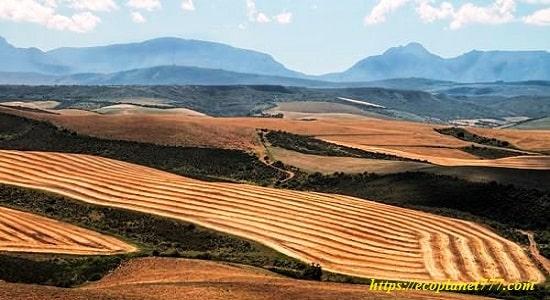
Africa’s three main problems are population growth, agricultural productivity and environmental degradation.
Population growth increased from an average of 2.5% in the 1960s to over 3% in the 1990s. Combined with the increase in life expectancy from about 40 to about 50 years, the ability to feed and clothe the population is becoming increasingly difficult. The calorie content of the average African is 90% of the level needed by a normal healthy person. With low purchasing power, the possibility of replenishment with agricultural products is also very low.
It has been demonstrated around the world that low-input agriculture, especially in the absence of good conservation practices, leads to land degradation. Because agriculture in Africa is a low input, low productivity system, land degradation is on the rise and recent studies show a gradual decline in land productivity. The situation is further exacerbated by the geometric increase in the animal population.
Land degradation and desertification have become global problems over the past few decades and have received particular attention from the United Nations (environment).
P.S.
If you liked and found this information useful, please share it on social media. networks with your friends and acquaintances. This is how you support our project “Ecology of Life” and make your contribution to the preservation of the environment!
- Magnetic storms: the sun is testing the planet🌪️ - 13.06.2024
- Why You Should Drink Chicory: Benefits and Harms 🌿 - 09.06.2024
- Innovative Choice: Sproud Milk – Your Ideal Plant-Based Drink 🌱 - 03.06.2024
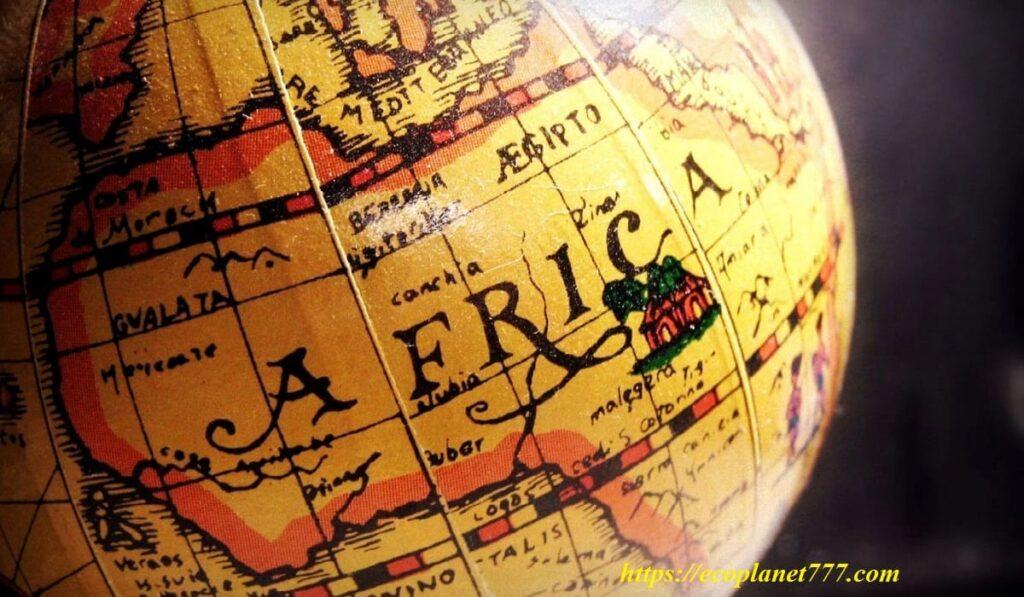
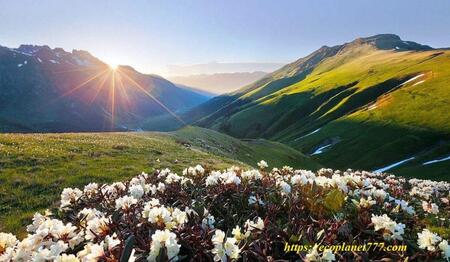
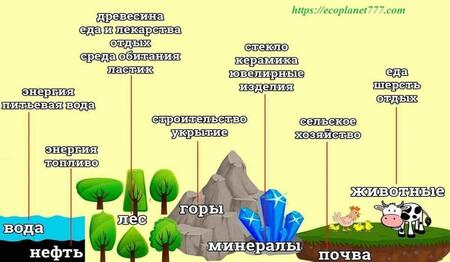

Excellent source of valuable information about Africa, thanks
We are very glad that you liked it
It’s an awesome paragraph designed for all the online users; they will get advantage from it I am sure.